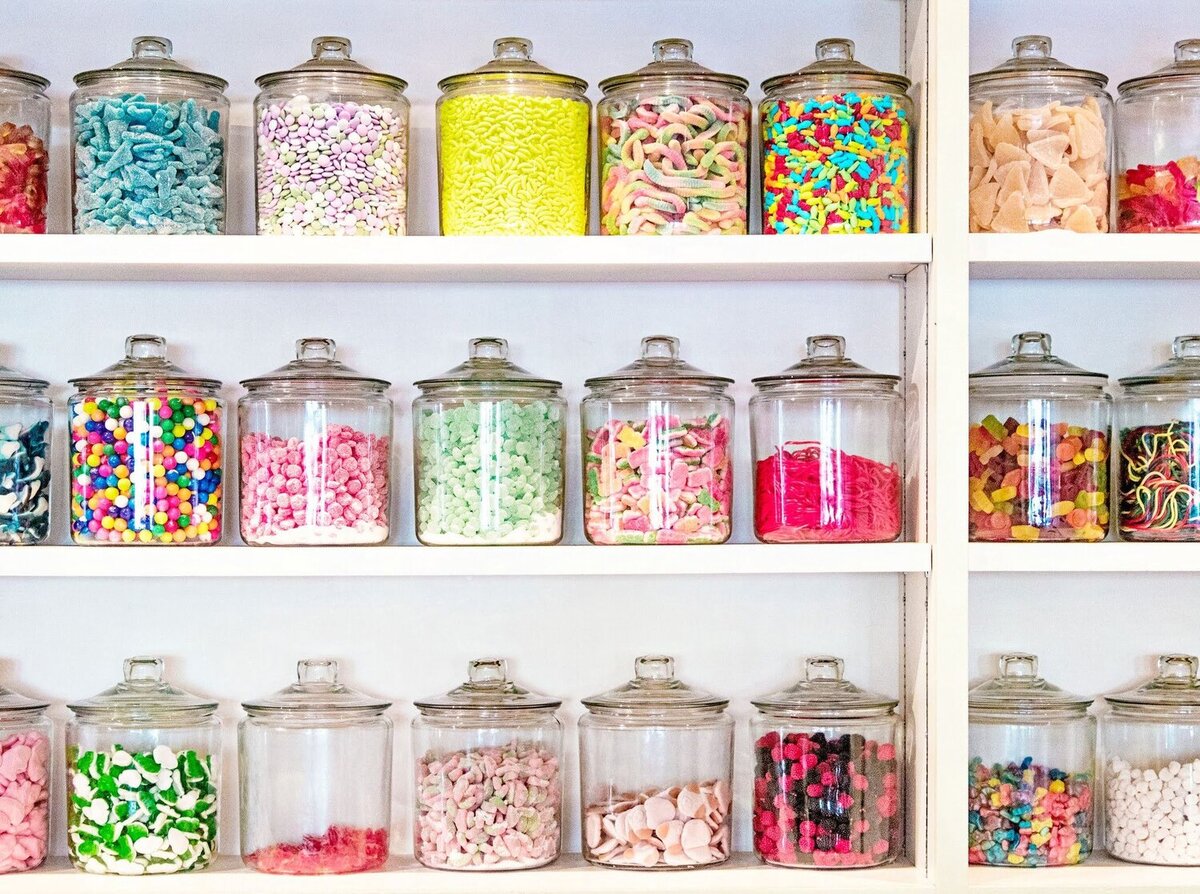

Articles
How To Store Candy
Modified: January 18, 2024
Learn how to store candy properly and keep it fresh for longer with our helpful articles. Find expert tips and tricks for candy storage
(Many of the links in this article redirect to a specific reviewed product. Your purchase of these products through affiliate links helps to generate commission for Storables.com, at no extra cost. Learn more)
Introduction
Candy is a beloved treat enjoyed by people of all ages. Whether you have a sweet tooth or just want to indulge in a sugary snack every now and then, proper storage is essential to maintain its freshness and quality. Storing candy properly not only extends its shelf life but also ensures that it retains its flavor and texture for the ultimate enjoyment.
In this article, we will explore various methods of storing candy to help you keep your favorite treats fresh and delicious for as long as possible. From room temperature storage to refrigeration and freezing, we will cover the best practices to maintain the perfect candy experience. So let’s dive in and learn how to store candy like a pro!
Key Takeaways:
- Proper storage of candy is crucial for maintaining its freshness, flavor, and texture. Whether at room temperature, in the refrigerator, or freezer, using airtight containers, glass jars, or original packaging, there are various methods to keep your favorite treats delicious for longer.
- Storing candy requires attention to temperature, moisture, and air exposure. By following specific guidelines for each storage method and type of candy, you can extend the shelf life of your treats and enjoy them in optimal condition whenever the craving strikes.
Read more: How To Store Candied Fruit
Storing Candy at Room Temperature
Room temperature storage is the most common and convenient method for storing most types of candy. The ideal temperature for storing candy at room temperature is around 70°F (21°C), with a relative humidity of 50-60%. Here are some tips for storing candy at room temperature:
- Choose a cool and dry location: Find a spot in your home that is away from direct sunlight and heat sources, such as radiators or stoves. Excessive heat can cause the candy to melt or become sticky, compromising its taste and texture.
- Keep it sealed: To prevent exposure to air and moisture, store your candy in airtight containers or resealable bags. This helps maintain its freshness and prevents it from becoming stale.
- Separate different types of candy: Some candies have stronger flavors or aromas that can transfer to other candies if stored together. If you have a variety of candies, consider separating them with wax paper or placing them in different containers to preserve their individual flavors.
- Avoid refrigeration: While refrigeration can extend the shelf life of certain candies, it is generally not recommended for most types. Cold temperatures can cause condensation, which can make the candy sticky or develop a grainy texture.
- Rotate your stock: To ensure that your candy stays fresh, make sure to consume it within its recommended shelf life. Check the packaging for any expiration dates or guidelines provided by the manufacturer.
By following these simple guidelines, you can enjoy your favorite candy at its best for an extended period. However, if you live in a particularly hot and humid climate, or your home tends to get warmer than average, you may want to consider alternative storage methods to avoid compromising the quality of your candy.
Storing Candy in the Refrigerator
Refrigeration can be a suitable option for storing certain types of candy, especially during hot summer months or in warm climates. However, it’s important to note that not all candies are well-suited for refrigeration. Here are some guidelines for storing candy in the refrigerator:
- Check the candy’s packaging: Before refrigerating your candy, read the packaging instructions to confirm whether it is safe to do so. Some candies, like chocolate bars and truffles, are generally safe to refrigerate, while others may be compromised by the moisture and cold temperatures.
- Wrap or seal the candy: If you decide to refrigerate your candy, make sure to wrap it tightly or seal it in an airtight container. This will prevent it from absorbing odors or flavors from other foods in the refrigerator.
- Monitor the temperature: Set your refrigerator to a moderate temperature, preferably around 40°F (4°C). Extreme cold can cause the candy to become hard or lose its texture and flavor.
- Use caution with highly perishable candies: Certain candies, like those filled with creams or fruits, may not be suitable for refrigeration as they can become watery or develop a soggy texture.
- Allow candy to come to room temperature: If you do refrigerate your candy, let it sit at room temperature for a few minutes before enjoying it. This will allow its flavors to fully develop and restore its texture.
Refrigerating candy can help it to stay firm, especially if it contains chocolate. This method is particularly useful during warmer temperatures when the risk of melting or melting-related damage is higher. Just make sure to follow the guidelines provided above to ensure optimal candy quality.
Storing Candy in the Freezer
While freezing candy is not the preferred method of storage, there are certain circumstances where it can be beneficial. Freezing is particularly useful for candies with high sugar content or those that can easily spoil. Follow these guidelines to properly store candy in the freezer:
- Wrap the candy securely: Before placing your candy in the freezer, ensure that it is tightly wrapped in plastic wrap or sealed in an airtight container. This will protect it from freezer burn and prevent it from absorbing any off-flavors.
- Choose a proper storage container: When freezing candy, opt for a freezer-safe container, such as a resealable bag or airtight plastic container. Make sure the container is labeled and dated to keep track of the candy’s storage duration.
- Consider portioning the candy: If you have a large quantity of candy, it may be helpful to divide it into smaller portions before freezing. This way, you can easily thaw and enjoy smaller amounts as needed without exposing the entire batch to temperature fluctuations.
- Monitor the temperature and storage duration: Set your freezer temperature to around 0°F (-18°C) and keep an eye on the recommended storage duration for the specific candy type. Freezing can extend the shelf life of candy, but it may affect the texture and taste if stored for too long.
- Thaw the candy properly: When you’re ready to enjoy your frozen candy, allow it to thaw gradually at room temperature. Avoid speeding up the process by using a microwave or placing it near a heat source, as this can cause condensation and may affect the candy’s quality.
It’s worth noting that not all types of candy freeze well. Candies that contain nuts, caramel, or other fillings may experience texture changes when frozen and thawed. It’s best to experiment with freezing small portions of candy before committing to freezing an entire batch.
Remember, freezing candy is a method of preservation and may not maintain the same texture and consistency as when it’s consumed fresh. However, for those seeking to extend the shelf life of their candy or preserve seasonal treats, freezing can be a viable option.
Storing Candy in Airtight Containers
One of the key factors in preserving the freshness and flavor of candy is protecting it from exposure to air. Storing candy in airtight containers helps to minimize air circulation and reduce the risk of moisture absorption. Here are some tips for storing candy in airtight containers:
- Choose the right container: Select containers that are specifically designed for storing food, such as glass jars or food-grade plastic containers. Make sure the containers have airtight seals to prevent any air or moisture from entering.
- Label and date the containers: To keep track of the storage duration and avoid confusion, label each container with the type of candy and the date it was stored. This will help you prioritize consumption and maintain the candy’s freshness.
- Separate different types of candy: If you’re storing multiple types of candy in the same container, consider using dividers or separate compartments to prevent any flavor transfer. This is particularly important when storing candies with strong aromas or unique flavors.
- Keep containers in cool, dry locations: Place the airtight containers in a cool and dry area of your home, away from direct sunlight and heat sources. Avoid storing them in areas prone to humidity, as moisture can compromise the freshness and quality of the candy.
- Regularly check the containers: Periodically inspect the containers to ensure that the seals are intact and there are no signs of moisture or mold. If you notice any issues, transfer the candy to new containers with secure seals.
Storing candy in airtight containers not only keeps it fresh but also helps to maintain its original flavors and textures. It is a convenient and practical method, allowing you to easily access your favorite treats while ensuring they stay in optimal condition.
Remember, when transferring candy into airtight containers, handle it gently to avoid crushing or damaging delicate pieces. With proper storage, you can enjoy your favorite candies for extended periods, ensuring that each bite is as delicious as the first.
Store candy in a cool, dry place away from direct sunlight to prevent melting or discoloration. Airtight containers or resealable bags can help maintain freshness.
Read more: How To Store Candy Apples
Storing Candy in Glass Jars
Glass jars are a classic and stylish option for storing candy. Not only do they keep your treats fresh, but they also add a decorative touch to your kitchen or pantry. Here are some tips for storing candy in glass jars:
- Choose the right size jar: Select a glass jar that is appropriate for the amount of candy you wish to store. Make sure there is enough space to accommodate the candy without overcrowding or crushing it.
- Ensure the jars are clean and dry: Before adding the candy, wash the jars thoroughly with warm soapy water and dry them completely. This helps to remove any residues and prevent the candy from sticking to the sides of the jar.
- Layer the candy: If you have different types or colors of candy, layer them in the jar for an appealing visual display. This not only adds a decorative element but also makes it easier to select your desired candy when reaching into the jar.
- Use airtight lids: To maintain the freshness of the candy, ensure that the glass jars have airtight lids. This helps to keep the candy protected from air and moisture, preserving its flavor and texture.
- Keep the jars in a cool location: Place the glass jars in a cool spot, away from direct sunlight and sources of heat. Excessive heat can cause the candy to melt or become sticky, compromising its taste and appearance.
- Label the jars: Make it easy to identify the various candies by labeling the glass jars. You can use decorative tags or small labels to indicate the candy type or flavor. This adds a personal touch and makes it easy to locate your desired sweet treat.
- Regularly check for freshness: Occasionally inspect the candy in the glass jars to ensure that it remains fresh and free from any signs of spoilage. If you notice any issues, such as a change in texture or an off smell, it is best to discard the candy.
Storing candy in glass jars not only provides practical storage but also adds an aesthetic appeal to your kitchen or candy display. With their transparency, glass jars allow you to showcase your colorful assortment of candies, creating a visual treat for the eyes.
Remember to handle the glass jars with care to avoid any breakage and store them out of reach of children or pets. With proper storage in glass jars, your candy can stay fresh and accessible for you to enjoy whenever the craving strikes.
Storing Candy in Ziplock Bags
Ziplock bags are a versatile and convenient option for storing candy. They provide an airtight seal, keeping your treats fresh and protected. Here are some tips for storing candy in ziplock bags:
- Choose the right size bag: Select ziplock bags that are large enough to comfortably contain the desired amount of candy. Avoid overfilling the bags to prevent crushing or damaging the candy.
- Ensure the bags are clean and dry: Before adding the candy, make sure the ziplock bags are clean and completely dry. Any moisture or residue can affect the candy’s freshness and texture.
- Seal tightly: When closing the ziplock bags, press out as much air as possible before sealing. This helps to reduce the risk of the candy being exposed to oxygen, which can lead to staleness or flavor deterioration.
- Consider portioning the candy: If you have a large quantity of candy, divide it into smaller portions before placing them in separate ziplock bags. This allows for easy portion control when you want to enjoy a specific amount of candy.
- Label the bags: To keep track of the different types of candy or expiration dates, label each ziplock bag. You can use a permanent marker or small adhesive labels to indicate the contents or any important information.
- Store in a cool location: Keep the ziplock bags of candy in a cool, dry area of your pantry or kitchen. Avoid exposing them to direct sunlight or heat sources, as this can cause melting or premature softening of the candy.
- Consider double-bagging: For added protection, especially if you are storing candy with a strong aroma or flavor, consider double-bagging using two ziplock bags. This helps to prevent any scent transfer and keeps the candy fresh.
- Regularly check for freshness: Periodically inspect the ziplock bags of candy to ensure they remain in good condition. If you notice any signs of spoilage, such as mold growth or an off smell, discard the candy immediately.
Storing candy in ziplock bags is a practical and space-saving method. It allows you to easily access and portion out your favorite treats while ensuring they stay fresh over time. Plus, ziplock bags are easy to label and stack, making organization a breeze.
Remember to properly close the ziplock bags after each use and avoid excessive handling to maintain the integrity of the seal. With proper storage in ziplock bags, your candy can stay delicious and ready for enjoyment whenever you have a craving.
Storing Candy in Candy Jars
If you’re a candy lover, having a dedicated candy jar is not only a delightful way to store your treats but also a charming decor piece. Here are some tips for storing candy in candy jars:
- Choose airtight jars: Select candy jars that have airtight seals to maintain the freshness and quality of the candy. This helps to protect the candy from exposure to air and moisture.
- Consider the size of the jars: The size of the candy jar should be appropriate for the amount of candy you want to store. It’s important to have enough space to prevent overcrowding and crushing of the candy.
- Keep the jars clean and dry: Before filling the candy jars, wash them thoroughly with warm soapy water and allow them to air dry completely. This prevents any residues or moisture from affecting the candy’s taste or texture.
- Explore different jar shapes and sizes: Get creative with your candy jar selection. You can choose traditional glass jars with lids, vintage apothecary jars, or even repurpose attractive containers into candy storage vessels.
- Arrange the candy attractively: Fill the candy jars with an assortment of candies, either of the same type or a mix of various flavors and colors. Layering different candies or arranging them in a visually appealing manner can also add to the aesthetic appeal.
- Label the jars: Consider adding labels or tags to the candy jars to indicate the type of candy or flavor. This helps you quickly identify and select your favorite treats.
- Store in a cool and dry place: Place the candy jars in a cool area of your home, away from direct sunlight and sources of heat. Heat can cause the candy to melt or become sticky, affecting its taste and appearance.
- Monitor the freshness: Regularly check the candy jars for freshness. If you notice any signs of spoilage, such as a change in texture or off odors, remove the affected candy and ensure the remaining candies are still in good condition.
Storing candy in candy jars not only keeps your treats fresh but also adds a touch of charm to your home. With their decorative appeal, candy jars can become a focal point in your kitchen or a delightful addition to any candy display.
Remember to place the candy jars in an area that is easily accessible for snacking, but also out of reach of children or pets. With proper storage in candy jars, you can satisfy your sweet tooth in style and enjoy your favorite candies whenever you desire.
Storing Candy in Original Packaging
Storing candy in its original packaging is a convenient and practical option. Candy manufacturers carefully design their packaging to preserve the freshness and flavor of the treats. Here are some tips for storing candy in its original packaging:
- Inspect the packaging: Before storing the candy, check the original packaging for any signs of damage or tampering. If the packaging is compromised, transfer the candy to a new airtight container or resealable bag to maintain its freshness.
- Keep in a cool and dry place: Store the candy in a cool and dry area, away from direct sunlight and heat sources. Exposure to heat can cause the candy to melt or become sticky, compromising its taste and texture.
- Avoid crushing or squashing: Handle the candy packages with care to avoid crushing or damaging the contents. Keeping the candy in its original shape helps to preserve its appearance and enjoyment.
- Follow the expiration date: Pay attention to the expiration date printed on the candy packaging. Consume the candy before the expiration date to ensure the best quality and taste.
- Organize and store upright: Arrange the candy packages in an upright position to minimize the chance of the contents shifting or spilling. This helps to maintain the integrity of the packaging and prevents any cross-contamination between different candies.
- Monitor for freshness: Occasionally check the candy packages for any signs of spoilage, such as mold growth, off odors, or changes in texture. If you notice any issues, discard the affected candy and ensure the remaining candies are still in good condition.
- Avoid exposure to air and moisture: To maintain the freshness of the candy, carefully reseal the original packaging after each use. This helps to prevent air and moisture from entering, which can result in staleness or loss of flavor.
- Store away from strong odors: Keep the candy packages away from strong-smelling substances or foods that could potentially transfer their aroma to the candy. This ensures that the flavors of the candies remain true to their original profiles.
Storing candy in its original packaging is a convenient option, as it eliminates the need for additional containers or bags. By following these guidelines, you can extend the shelf life of your favorite candies and continue to enjoy them in their original form.
Remember to arrange the candy packages in a way that makes it easy to locate and access the desired treat. With proper storage in their original packaging, your candies will be readily available whenever your sweet tooth beckons.
Read more: How To Store Hard Candy
Conclusion
Proper storage of candy is essential to maintain its freshness, flavor, and texture for ultimate enjoyment. Whether you prefer storing at room temperature, in the refrigerator, or in the freezer, each method has its own advantages and considerations. Additionally, using airtight containers, glass jars, ziplock bags, or keeping candy in its original packaging are all viable options depending on your preferences and needs.
When storing candy, it’s important to consider factors such as temperature, moisture, air exposure, and the type of candy being stored. Each candy has its own optimal storage conditions, which may be indicated on the packaging. Paying attention to these guidelines will help you keep your favorite treats fresh and delicious for as long as possible.
Remember to store candy in a cool and dry place, away from direct sunlight, heat sources, and strong odors. Proper labeling and monitoring of freshness are also crucial to ensure the quality of the candies. Follow expiration dates and rotate your stock to avoid consuming expired candy.
By using a variety of storage methods, you can extend the shelf life of your candy and have a delectable supply on hand whenever your cravings strike. Whether you are a fan of chocolates, gummy candies, or hard candies, proper storage techniques allow you to savor their taste and enjoyment for an extended period.
So, next time you indulge in your favorite candies, remember these storage tips to keep them in the best condition possible. With a little attention to detail, your candy stash will remain fresh, flavorful, and ready to provide sweet moments of delight.
Frequently Asked Questions about How To Store Candy
Was this page helpful?
At Storables.com, we guarantee accurate and reliable information. Our content, validated by Expert Board Contributors, is crafted following stringent Editorial Policies. We're committed to providing you with well-researched, expert-backed insights for all your informational needs.
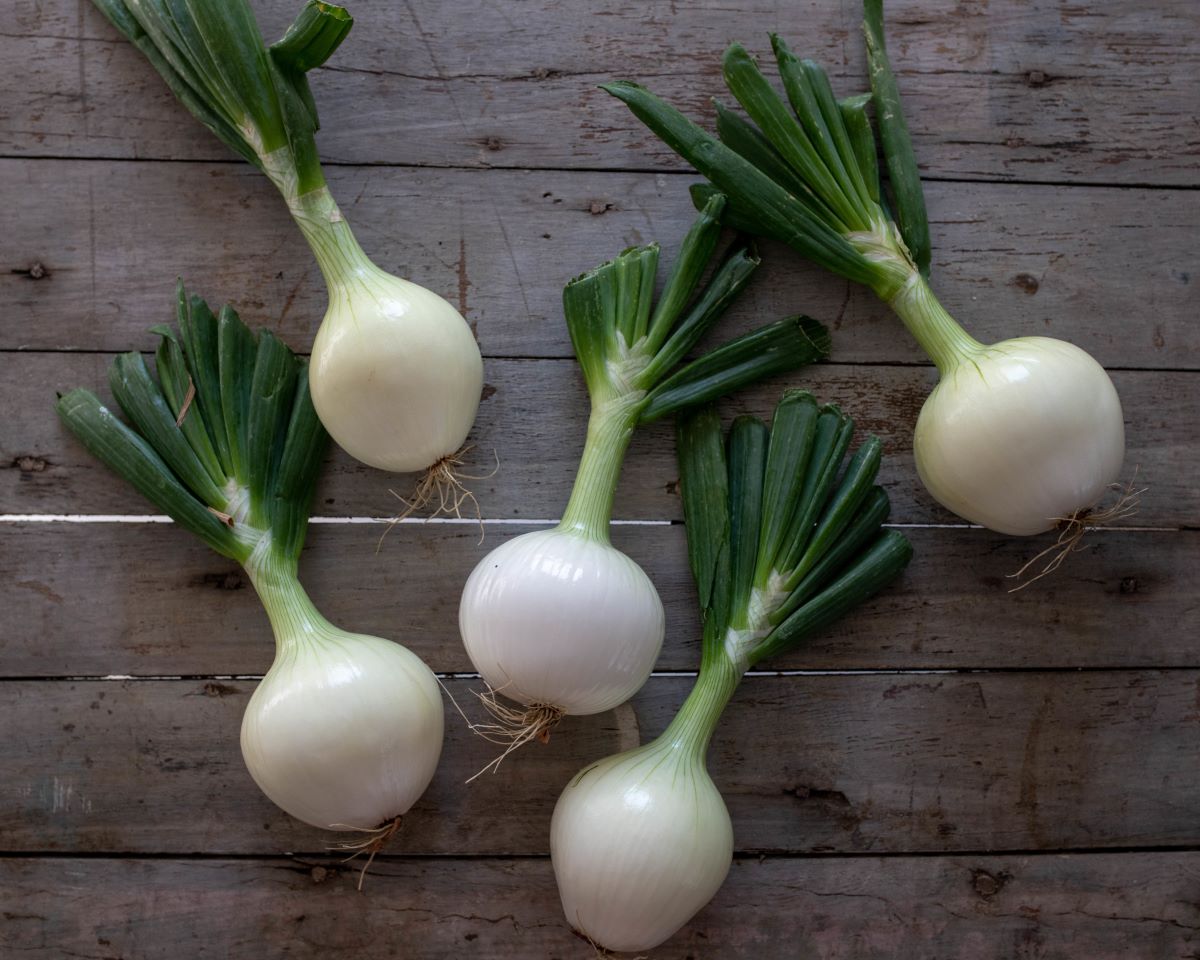
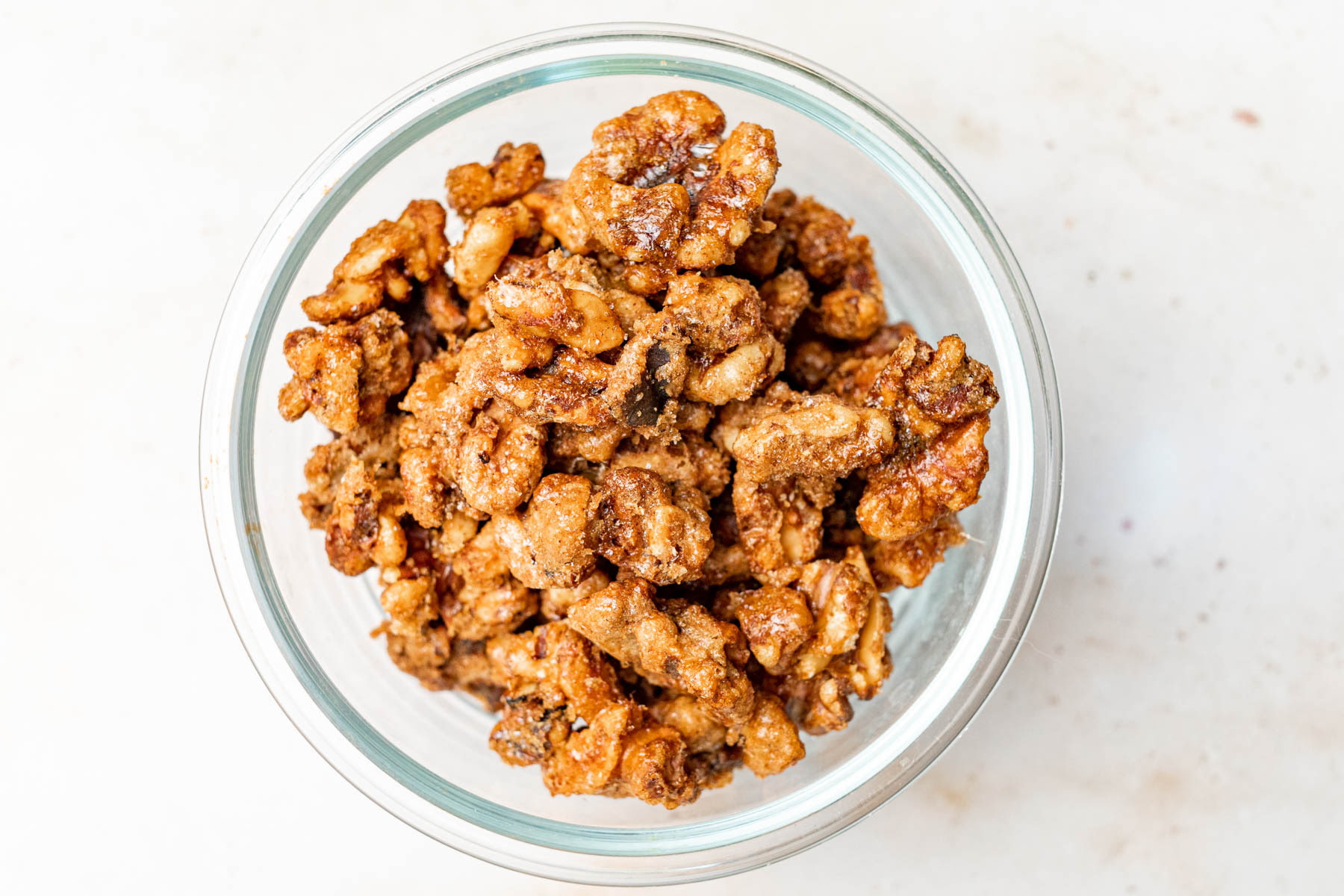
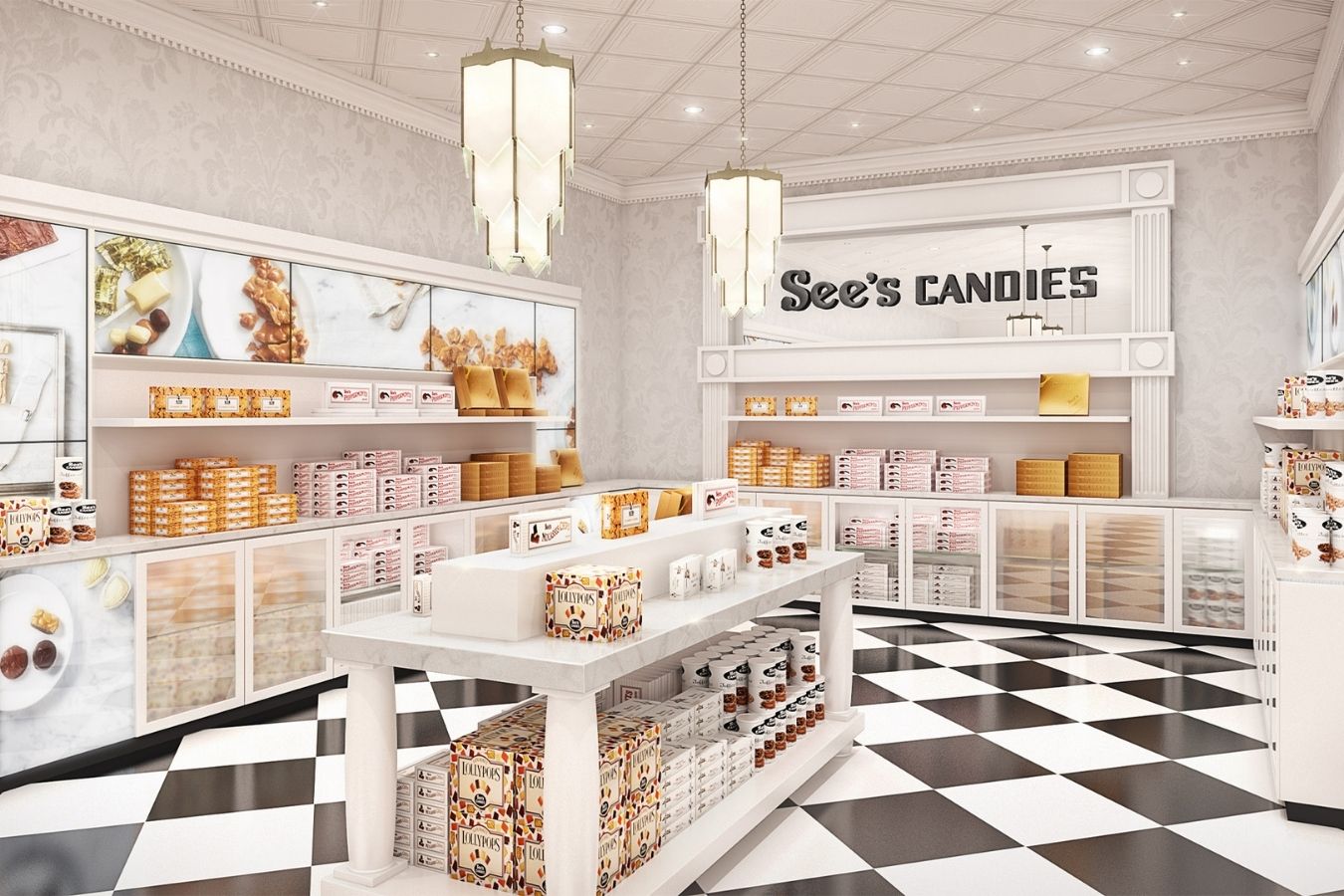
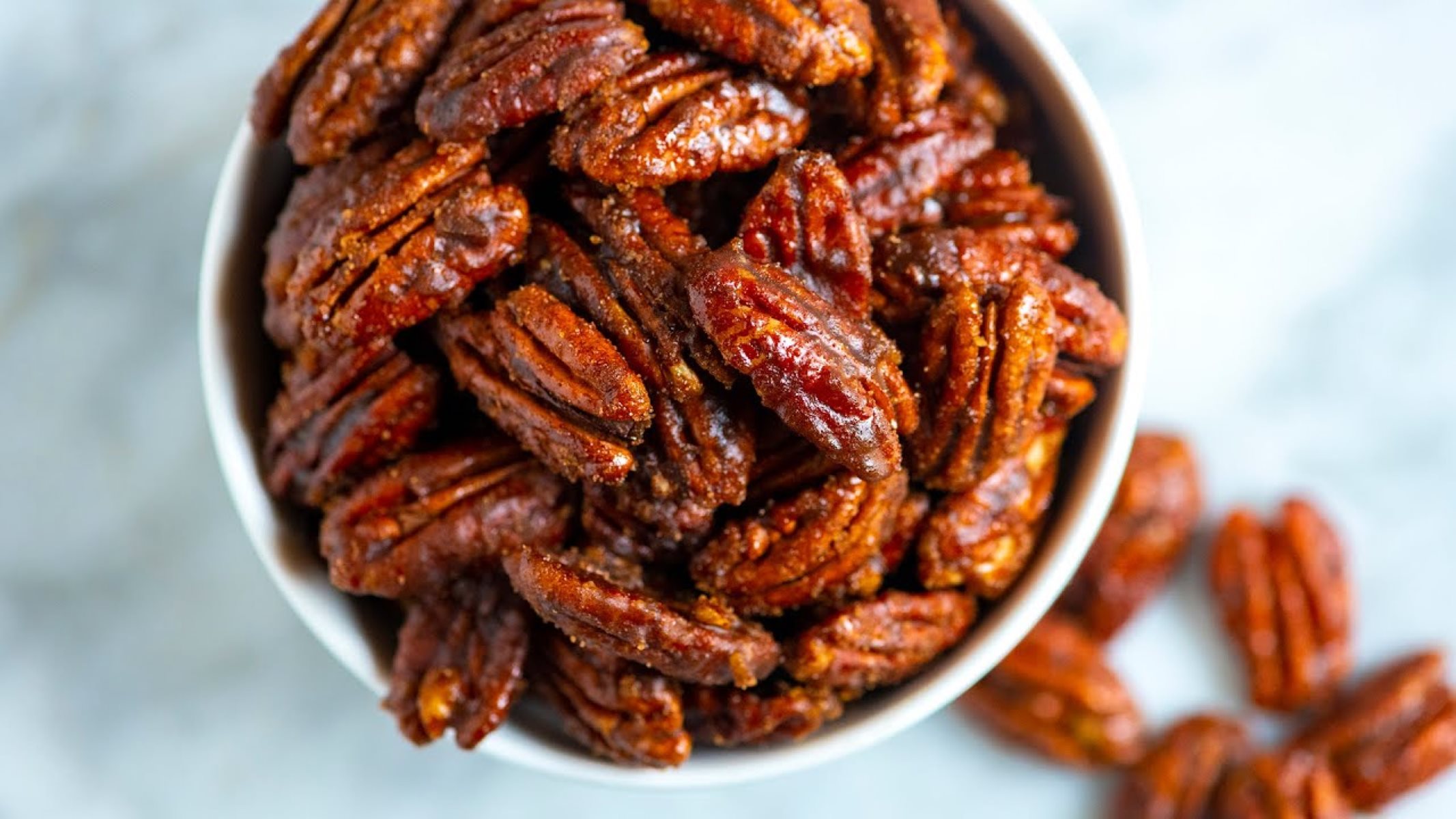
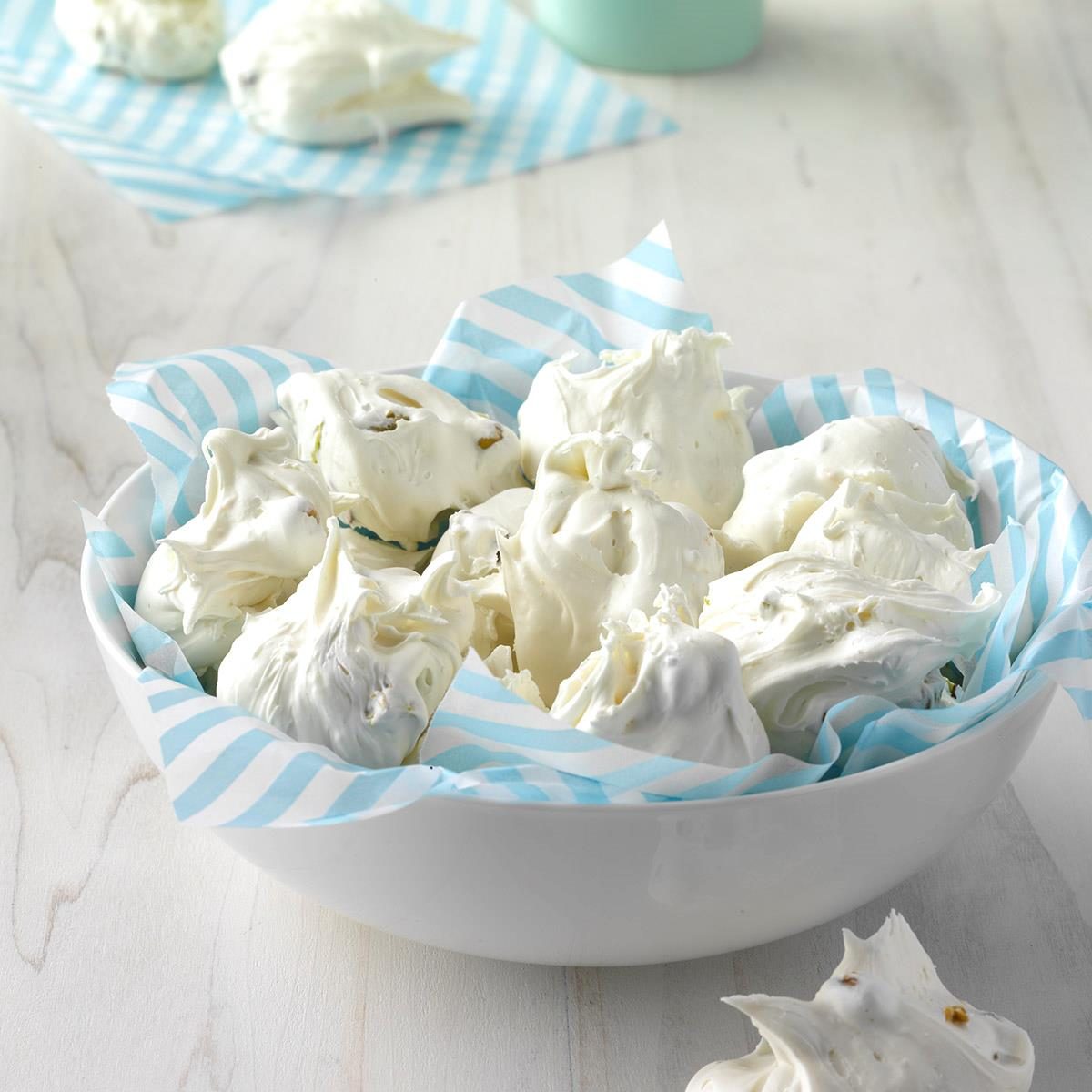
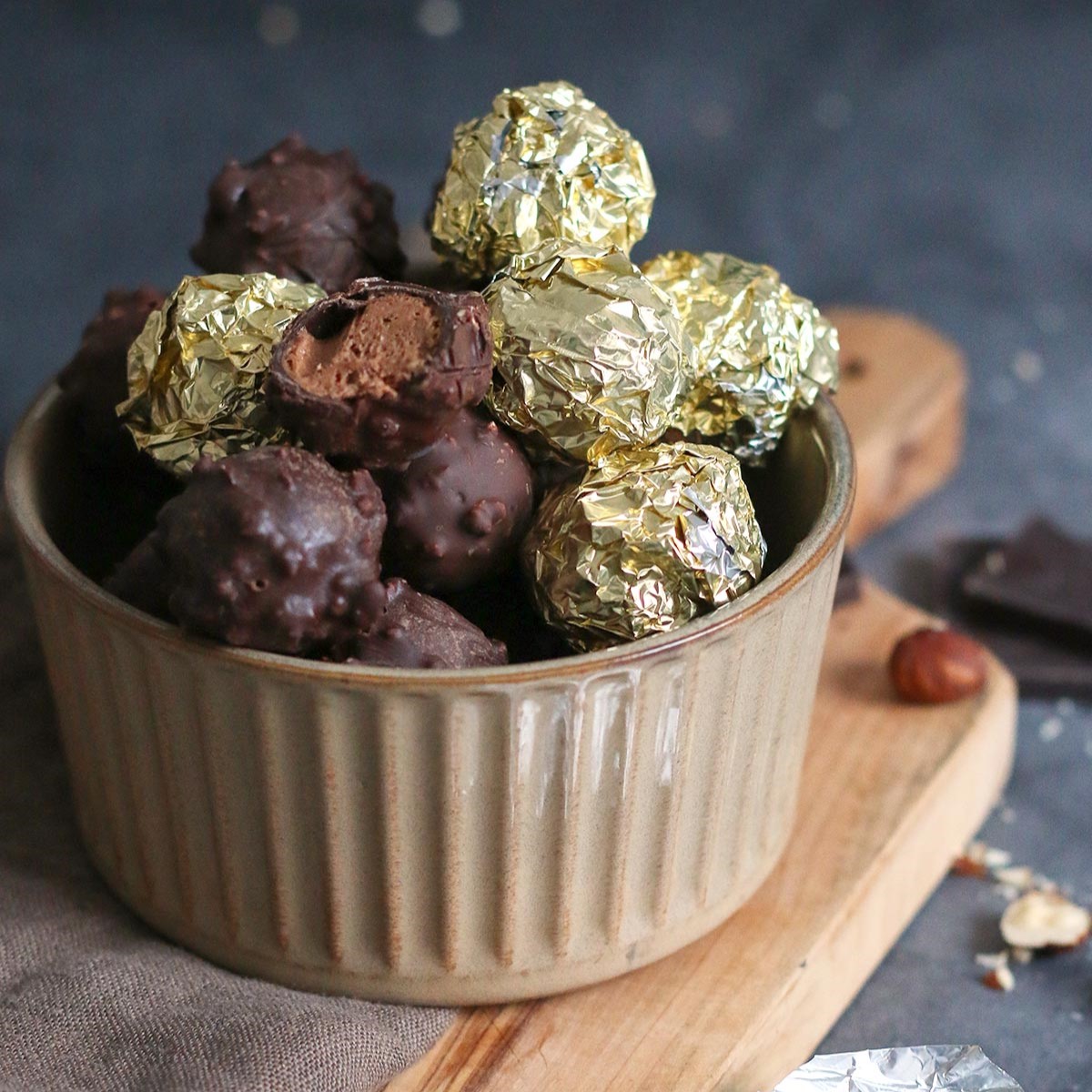

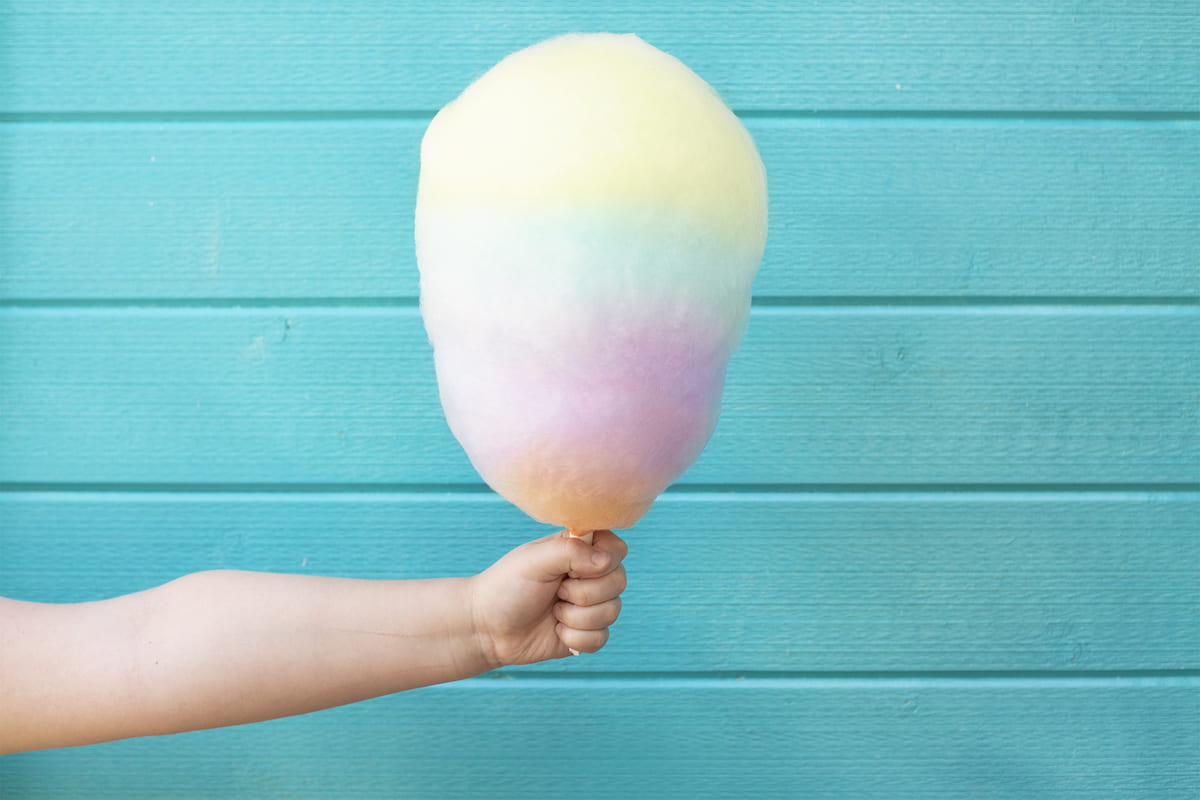
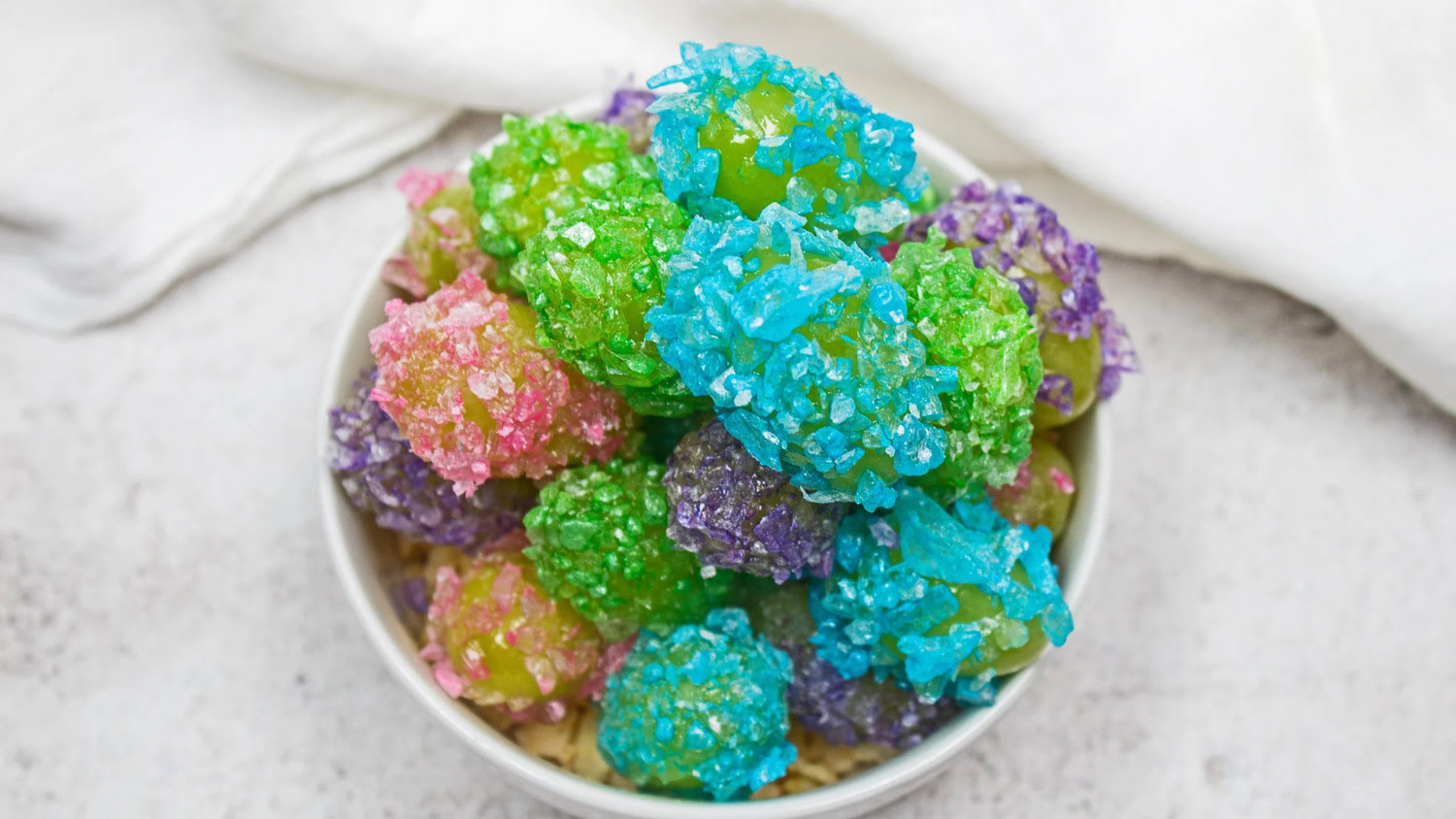
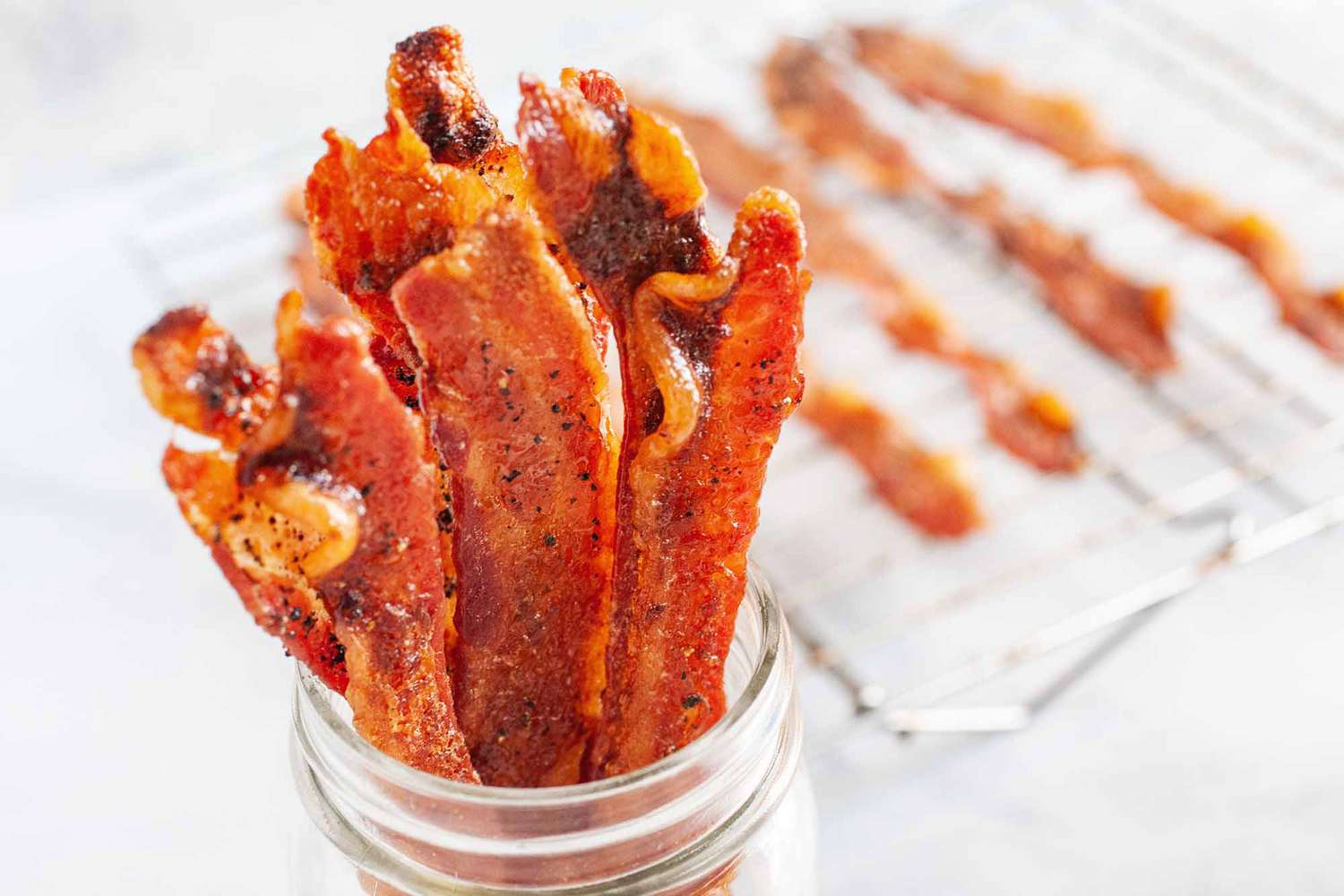
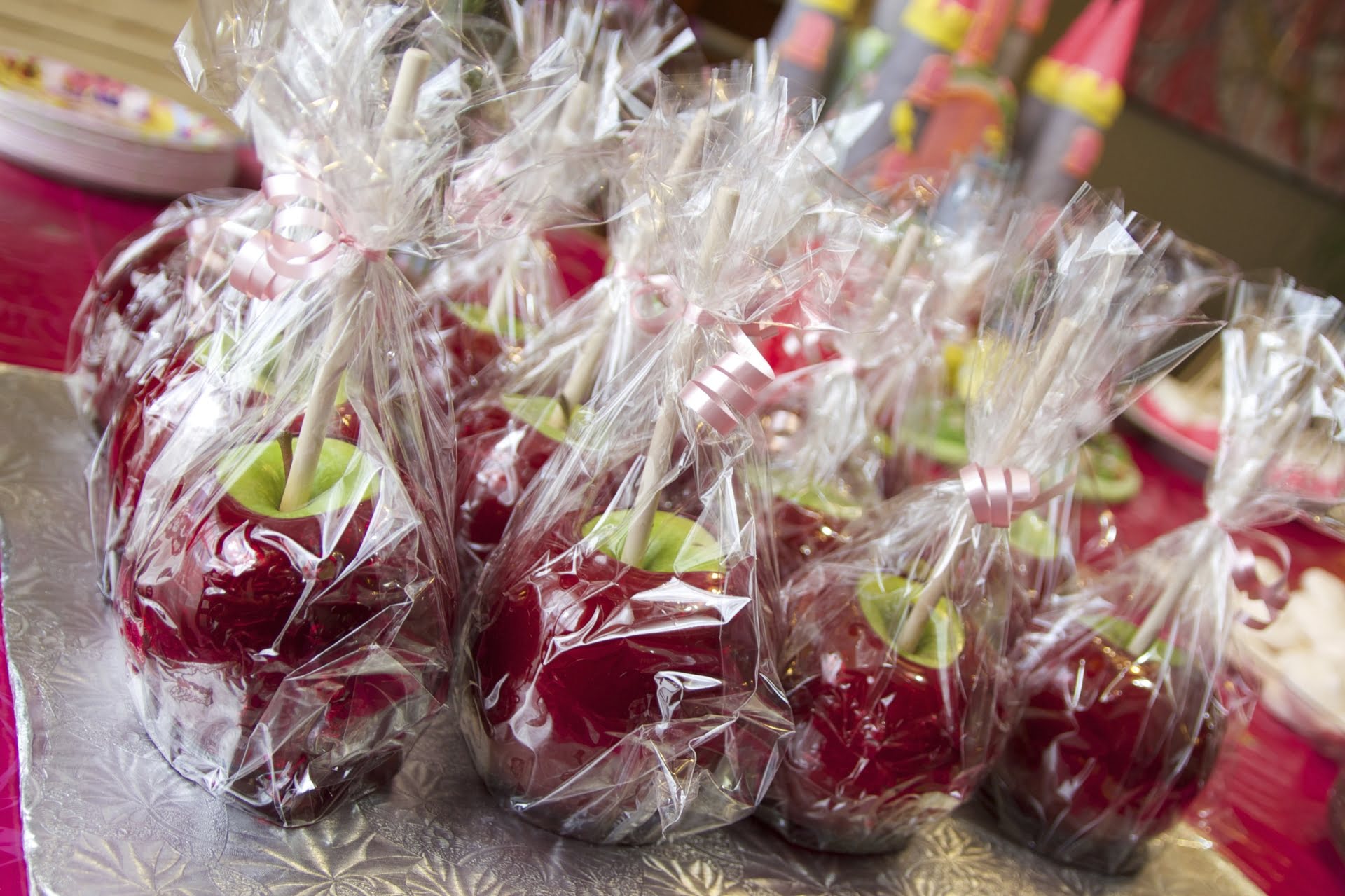
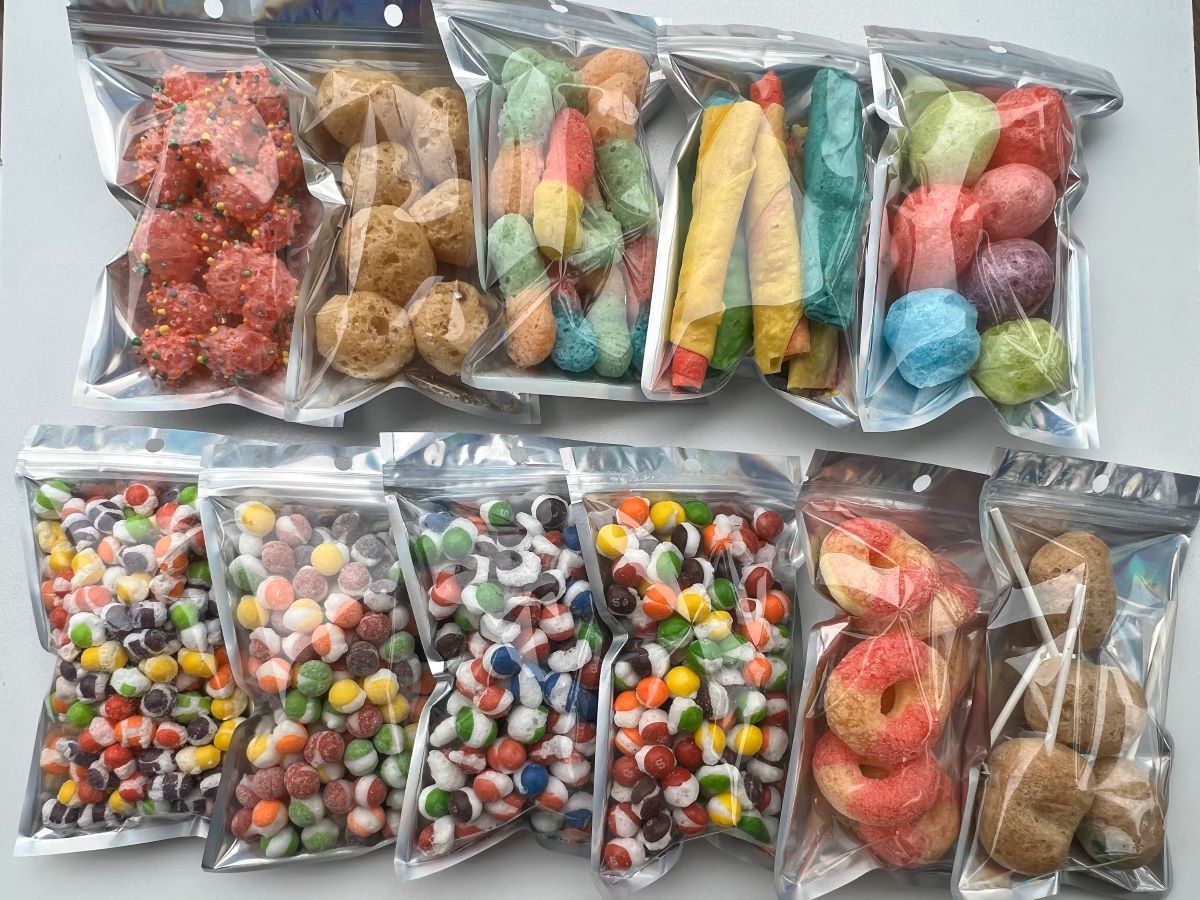
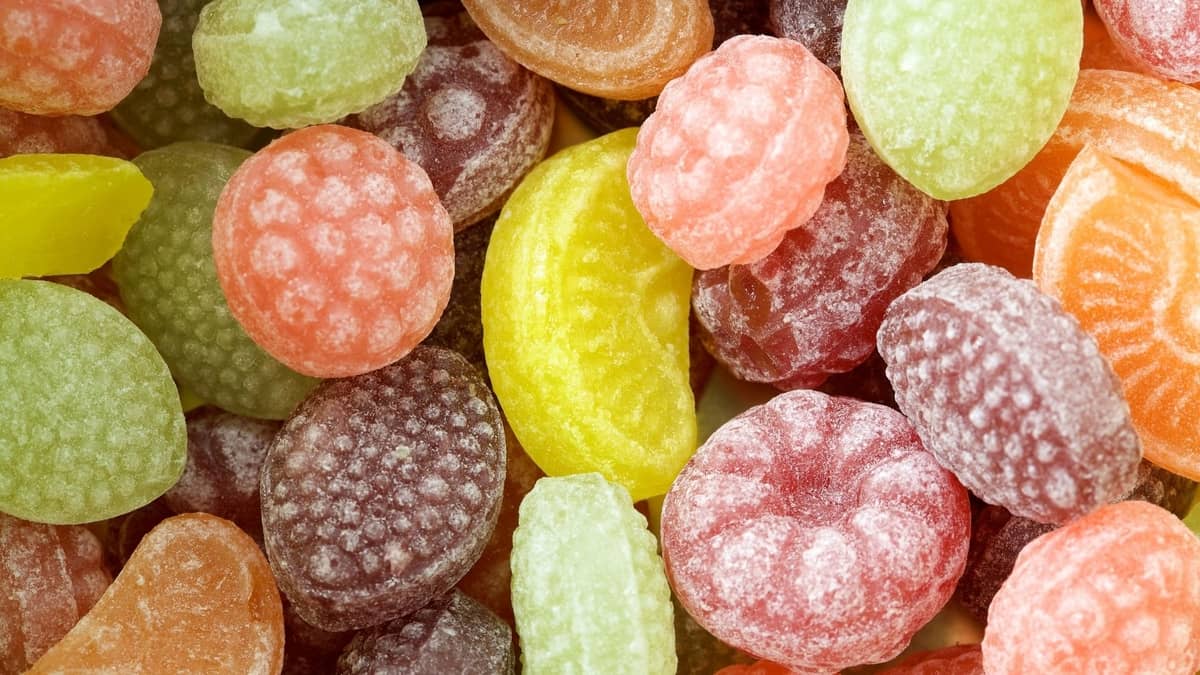

0 thoughts on “How To Store Candy”